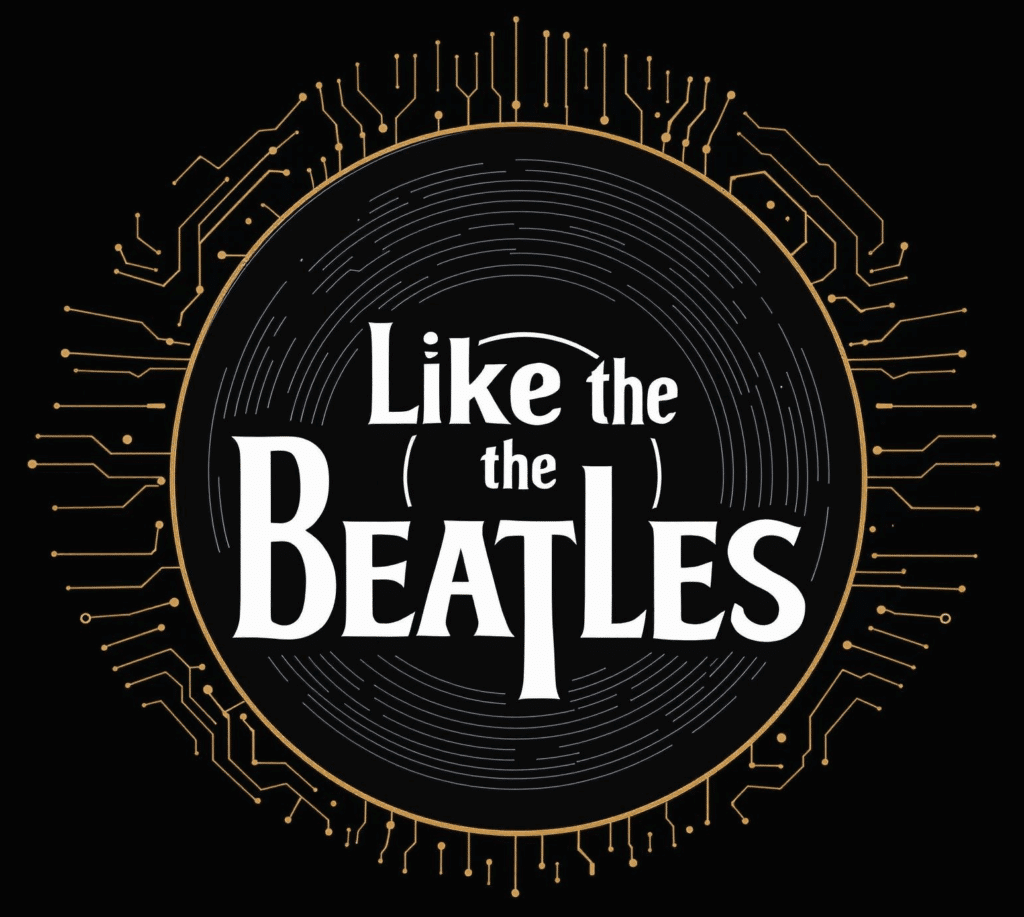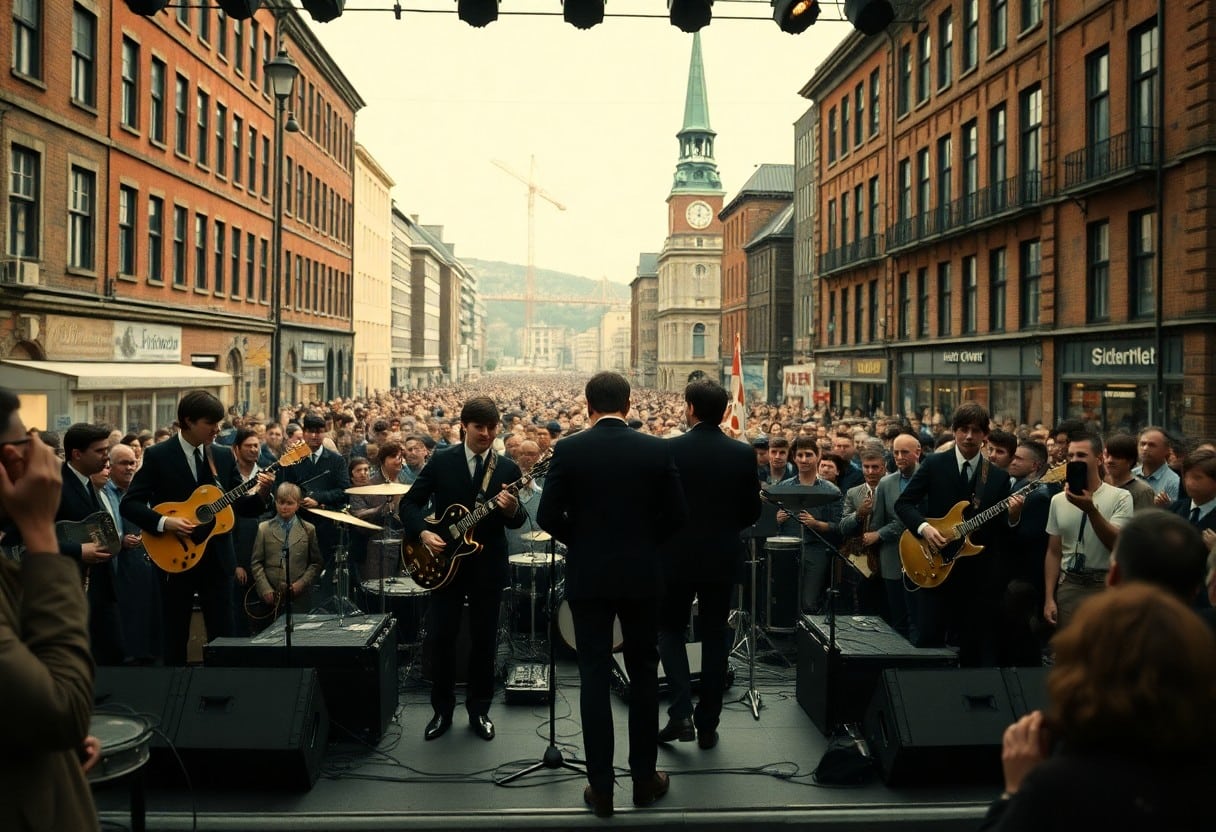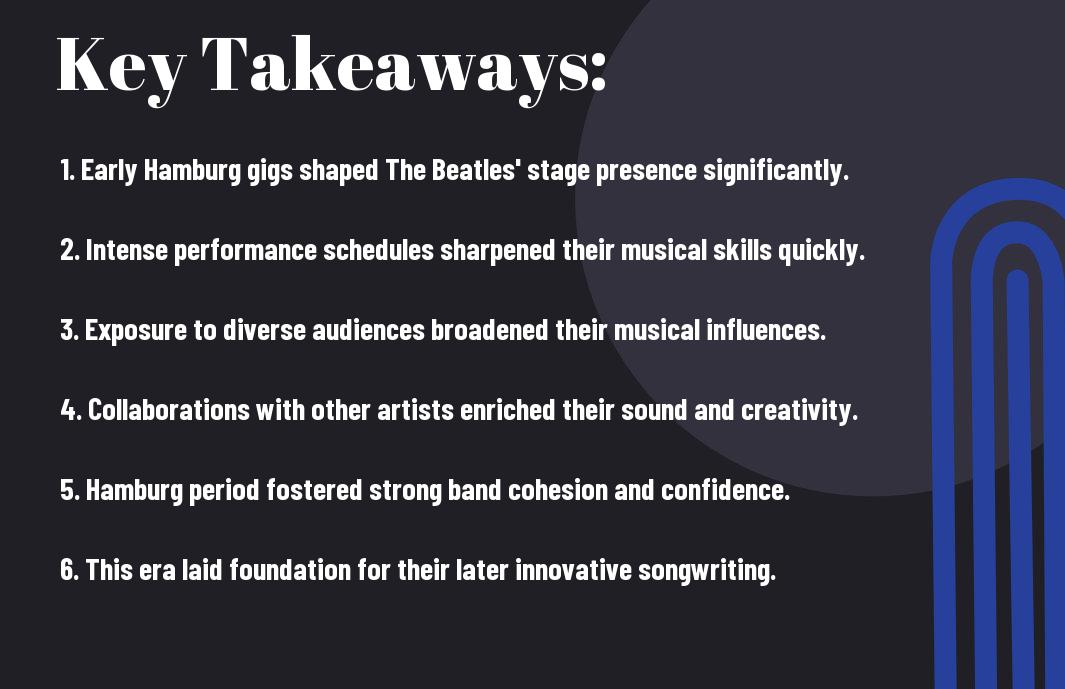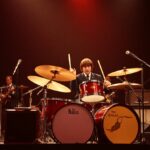Growth is an crucial aspect of any artist’s journey, and in the case of The Beatles, their Hamburg years from 1960 to 1962 played a transformative role in shaping their sound and stage presence. During this period, they honed their skills through relentless performances in small clubs, developing a raw energy that would later captivate the world. I invite you to explore the dynamic evolution of their music, understand the demanding environment they faced, and appreciate how these experiences laid the foundation for their later success. Your journey into their Hamburg years will reveal a fascinating story of resilience and creativity.
The Hamburg Scene
The Hamburg scene was a vibrant, bustling environment where The Beatles honed their craft as musicians. Immersed in a city known for its nightlife, they played in dimly lit clubs, catering to an eclectic crowd. This experience not only shaped their sound but also introduced them to a variety of musical styles, laying the foundation for their future success. The raw energy and constant performance pushed them to become tighter as a band while allowing them to experiment with their artistry.
Historical Context
About the time The Beatles arrived in Hamburg, the city was experiencing a post-war cultural revival. The lively scene attracted musicians and artists seeking opportunities, and Hamburg became a hub for emerging talent. With its mix of American rock ‘n’ roll influences and local sounds, the city offered a fertile ground for The Beatles to develop their skills and musical identity.
Key Venues
Between the various clubs and bars, The Beatles performed at several key venues that would leave a lasting impact on their music. They often played at the Reeperbahn, a famous street lined with nightclubs, including the Star-Club and Kaiserkeller. These venues became pivotal in their development, as they offered nearly nightly gigs in front of enthusiastic crowds.
Even more significant was their time at the Star-Club, where they played alongside many notable acts and developed a reputation for their energetic performances. The club was notorious for its late-night atmosphere and wild crowd, pushing The Beatles to perform with a newfound intensity. This environment not only honed their singing and instrumentals but also taught them the importance of stage presence and engaging an audience, ultimately shaping them into the legendary band they would become.
The Beatles’ Early Line-up
Assuming you are curious about the formative years of The Beatles, it is important to explore their early line-up, which held a mix of talent and potential. Comprised of John Lennon, Paul McCartney, George Harrison, and initially, Pete Best on drums, their dynamic set the stage for their future success. These early days in Liverpool and Hamburg witnessed the fusion of rock and roll influences that would shape their musical identity.
Formation and Changes
Early in their journey, The Beatles underwent several line-up changes that helped refine their sound. Initially formed as The Quarrymen in 1957, the band saw the addition of McCartney, Harrison, and later Best as their drummer. When Ringo Starr replaced Best in 1962, this decision symbolized a turning point that solidified their unity and musical direction.
Influence of Personality Dynamics
After their formation, the personality dynamics within the group began to emerge, impacting their creative process. The interplay between Lennon’s boldness, McCartney’s melodic instincts, and Harrison’s contemplative nature shaped their songwriting style and performance energy. A point of tension often arose due to their contrasting characters, initiating both productive collaboration and challenges that would later reflect in their music.
But understanding these dynamics can reveal much about their growth and artistic development. The interplay of Lennon’s rebelliousness, McCartney’s diplomacy, and Harrison’s introspection not only fueled their songwriting but also led to occasional conflicts. These tensions often resulted in creative bursts that gave rise to timeless classics. As you examine into their Hamburg years, you will see how they harnessed these varied personal traits to craft a unique sound that resonated far beyond the clubs they played.
Developing Musical Style
After their stint in Hamburg, I noticed how The Beatles began to carve out a distinct musical style that married rock and roll with innovative harmonies. The raw energy from their live performances in German clubs honed their skills as musicians and songwriters, enabling them to experiment with sounds that would later define their iconic legacy.
Cover Songs and Influences
Across their early years, The Beatles predominantly performed cover songs from American rock and roll and rhythm and blues artists. This approach not only showcased their musical influences but also allowed them to refine their performance skills, which ultimately laid the foundation for their later songwriting prowess.
Original Compositions
Developing their original compositions was key to The Beatles’ evolution as artists. They began crafting unique songs that reflected their experiences and influences while pushing the boundaries of popular music at the time.
This phase of writing saw them boldly examine original music, with early hits like “Love Me Do” and “Please Please Me” demonstrating their innate talent for catchy melodies and harmonies. As they developed their lyrical themes, often drawing inspiration from personal experiences and the vibrant energy of Hamburg, these songs showcased a growing confidence in their artistry. This period was foundational, serving as a launchpad for their later masterpieces and marking the transition from skilled performers to visionary songwriters.
Performance Evolution
Your understanding of The Beatles’ remarkable growth during their Hamburg years will significantly enhance your appreciation of their musical journey. From raw pub performances to more structured shows, their live acts evolved as they honed their skills in this vibrant city. The intensity of the environment and the breadth of experience gained led The Beatles to experiment with diverse musical styles and build a unique identity that would later captivate global audiences.
Stage Presence and Reputation
By this phase, The Beatles had not only tightened their musical prowess but also cultivated a distinctive stage presence that set them apart. Their reputation grew as they mesmerizingly combined charisma, energy, and a unique flair for entertainment that appealed to the eclectic crowd of Hamburg’s nightlife. This burgeoning notoriety would ultimately lay the foundation for their future success.
Interaction with Audiences
About this time, interacting with audiences became a hallmark of The Beatles’ performances. Their ability to connect emotionally and engage with the crowd contributed to their growing fanbase, establishing a dynamic rapport that made each show memorable.
For instance, The Beatles often encouraged audience participation by inviting sing-alongs and using humor to break the fourth wall, creating an atmosphere of excitement. Their spontaneity and charismatic banter not only entertained but also fostered a sense of community among fans, making each performance an engaging experience. This level of connection deepened the audience’s involvement and enthusiasm, further solidifying their status as rising stars in the music scene.
Cultural Impact of the Hamburg Years
Keep in mind that The Beatles’ time in Hamburg was a turning point that solidified their identity and contributed immensely to the larger cultural landscape of the 1960s. This period allowed them to experiment, grow, and ultimately develop the distinctive sound that would captivate audiences across the globe.
Role in Shaping Pop Culture
With their relentless performances in Hamburg, The Beatles helped to define a new era of pop culture. They combined rock and roll with a youthful energy, setting trends in music, fashion, and social attitudes that resonated with a generation longing for change.
Lasting Influence on Music
Above all, The Beatles’ Hamburg years showcased their evolving musical prowess, influencing countless artists to follow. Their ability to blend genres and adopt innovative styles paved the way for the future of popular music.
In fact, their time in Hamburg was instrumental in shaping a new sound that prioritized creativity and individuality. The Beatles incorporated elements from various genres, including rock, jazz, and even skiffle, which urged musicians to push their boundaries. Their relentless work ethic and passion for live performances set a new standard for aspiring artists. The infectious energy they created on stage inspired live concerts to become a cultural phenomenon, while their willingness to experiment with songwriting and recording techniques left an enduring legacy that continues to influence musicians across genres today. Their success initiated the British Invasion, forever altering the landscape of the music industry.
Legacy of the Hamburg Years
To truly understand the impact of The Beatles’ Hamburg years on their artistic evolution, we can explore the significance of this period as a foundation for their future success. The band’s rigorous performance schedule helped them hone their skills and develop a unique sound. You can learn more about this transformative time by visiting The Beatles in Hamburg, which details their experiences and growth while they were in Germany.
Transition to Fame
At the brink of fame, The Beatles emerged from Hamburg as a band that was not just a local phenomenon but ready to conquer the world. This transition saw them refining their musical identity and building a loyal fanbase that would propel them toward international success.
Reflection on Growth
To appreciate their growth during this pivotal time, it’s imperative to analyze how their early experiences shaped their music and persona. Their time in Hamburg forced them to be innovative and relentless in their approach, which ultimately led to their unique style.
For instance, their lengthy sets in Hamburg pushed them to explore diverse musical styles and develop a repertoire that included not only rock and roll but also elements of rhythm and blues and pop. Additionally, their exposure to a raw and energetic environment cultivated a sense of creativity and collaboration among the band members, which proved vital for their artistic direction. The chaotic nightlife of Hamburg also contributed to shaping their lyrics, enabling them to convey emotions and stories that resonated with their audience.
Summing up
Drawing together my insights on The Beatles’ Hamburg years from 1960 to 1962, I believe you can truly appreciate how this formative period shaped their musical evolution. By immersing yourself in their raw, live performances and engaging with the stories of their time in Hamburg, you’ll notice the significant strides they made in songwriting and stage presence. Understanding the context of their experiences in this bustling city will enrich your listening experience and enhance your appreciation of their later, more polished work. It’s a fascinating journey into the heart of a legendary band.












